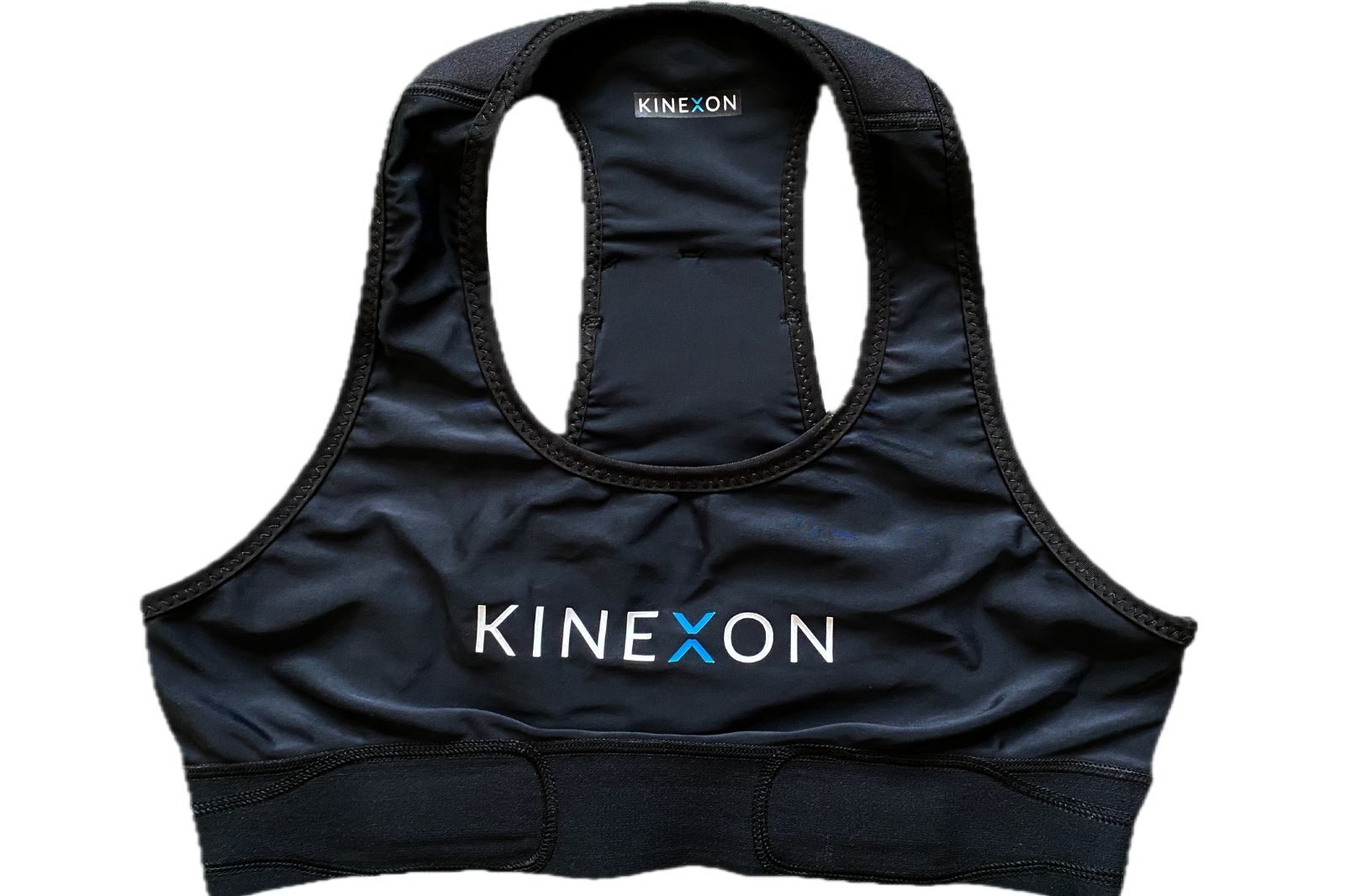Biometric jersey data privacy concerns
Biometric jersey data privacy concerns: Imagine wearing a smart jersey during a big game and that jersey starts collecting information about you—how you move, how fast you run, your heart rate, maybe even how you sweat or breathe. The idea of biometric jersey data privacy is no longer science fiction. As wearable sports technology becomes more common.
The topic of biometric jersey data privacy concerns is a real and important conversation. In this blog post I will explore why biometric jersey data privacy matters, what the concerns are, how organisations and athletes should think about it, and what protections are needed. I believe in this topic because I care about both sports innovation and individual privacy rights.
What is Biometric Jersey Data & Why it’s Emerging
When we talk about biometric jersey data privacy concerns – Latest, we refer to the biometric data that may be collected via smart sports apparel (“jerseys”) or wearables integrated into jerseys. Biometric data in this context could include heart rate, sweat rate, movement patterns, body temperature, perhaps even muscle strain or other biological signals.
- Such jerseys may embed sensors that measure physiological metrics while the athlete is playing.
- These metrics are then sent to coaches, teams, or analytics platforms for performance insights.
- Because these data are tied to a human body and unique biological signals, they fall under “biometric data”.
- The “Latest” dimension means we are seeing increasing use of these technologies in sports and therefore new privacy questions.
Why is this emerging now? Advances in sensor tech, wireless connectivity, big data analytics and interest in athlete performance are pushing wearable tech into mainstream sports. As more clubs, leagues, and athletes adopt smart garments, the risk that biometric jersey data privacy concerns – Latest will become mainstream also increases.
Key Areas of Concern with Biometric Jersey Data Privacy
When focusing on biometric jersey data privacy concerns – Latest, several major worry points emerge. Here are the important ones:
Data Permanence and Unchangeability
Unlike a password, biometric data (such as heart rhythm, movement signature, or sweat signature) cannot easily be changed if compromised. Once biometric data tied to a jersey or wearable is exposed, the athlete may lose control over that dimension of their identity.
Scope and Use Beyond Original Purpose
A jersey may be intended for performance metrics, but what if those same biometric signals are used later for other purposes—e.g., marketing, betting, surveillance of athletes’ health or mood? The concern is use beyond the original purpose.
Informed Consent & Power Imbalance
Players or wearers of biometric‐equipped jerseys may not fully understand how much data is collected, where it goes, who sees it, or how it’s stored. When a team or organisation mandates such equipment, the user may lack meaningful choice.
Security Vulnerabilities
Sensor systems, wireless transmission, cloud storage—all these layers introduce risk that biometric data could be stolen, manipulated or misused. The more granular and personal the biometric jersey data, the greater the stakes.
Lack of Regulation or Standards
While some jurisdictions have strong biometric privacy laws (e.g., certain states in the U.S.), many countries do not yet have clear rules tailored to biometric data collected via wearables or smart apparel. This amplifies concern for biometric jersey data privacy.



Real-World Examples & What They Tell Us
To understand biometric jersey data privacy concerns – Latest in context, let’s look at real‐world analogues of biometric data concerns (even if not specifically jerseys) and draw lessons.
- In one institution, the processing of biometric data (fingerprints/facial recognition) was found to be a regular intrusion into employees’ privacy, especially given imbalance of power between the organisation and individuals.
- A global report noted that biometric data systems carry irreversible consequences: once compromised, you can’t issue a “new” biometric identity.
- In Pakistan, the national registration authority collects biometric data at scale, but concerns arise due to inadequate data protections and transparency.
From these examples we glean lessons for the domain of biometric jersey data: power dynamics matter, irreversible nature matters, scale and systemic risk matter.
Stakeholders & Their Roles in Protecting Biometric Jersey Data
When thinking about biometric jersey data privacy concerns – Latest, several stakeholders and their responsibilities emerge.
Athletes / Wearers
- Must ask: Who holds my data? For how long? What if I opt out?
- Should understand what sensors are in the jersey, what they track, and where data goes.
- Should negotiate consent and retention terms when signing up to wear smart jerseys.
Teams / Organisations
- Should treat biometric jersey data as highly sensitive.
- Should implement clear policies: data minimisation, purpose limitation, secure storage, regular audits.
- Should offer alternatives if athlete does not wish to share certain data.
Manufacturers / Tech Providers
- Must design with privacy in mind (privacy by design and default).
- Provide transparency: what sensors, what data, how protected, who can access.
- Build strong encryption, template protection, unlinkability of biometric templates.
Regulators & Policymakers
- Should evaluate whether existing privacy/data protection laws cover biometric jersey data scenarios.
- May need specific guidance for wearables in sports context: retention limits, consent standards, third-party sharing.
- Should enforce when misuse happens.
Best Practice Guidelines for Biometric Jersey Data Protection
Highlighting best practices helps address biometric jersey data privacy concerns – Latest.
- Transparent Consent: Wearers must be informed in plain language what data is collected, why, how long it’s stored, who will access it, and the ability to withdraw.
- Data Minimisation: Only collect data necessary for the stated purpose (performance analytics) and no more.
- Purpose Limitation: Data collected for performance should not be repurposed (e.g., marketing) without separate explicit consent.
- Secure Storage & Transmission: Use strong encryption, restrict access, protect against breaches.
- Revocability / Template Protection: Since biometric traits are fixed, systems should use techniques to protect templates, unlinkability and irreversibility.
- Regular Audits & Oversight: Organisations should review practices and ensure compliance with own policies and external regulation.
- Alternative Options: Athletes should be offered alternative ways if they refuse biometric jersey sensors (unless safety requires it).
- Clear Data Retention & Deletion Policies: Define how long biometric jersey data is kept and when/if deleted.
Why the “Latest” Matters – Emerging Trends & Risks?
The phrase biometric jersey data privacy concerns – Latest captures the reality that this field is evolving. Here are some emerging issues:
- Increasing integration of sensors in sports apparel: More leagues and teams are embracing wearable/embedded sensors, raising volume of biometric jersey data.
- More data analytics and AI applied: More advanced analytics means more detailed biometric signals, which increases sensitivity.
- Cross-domain uses: What starts as performance tracking might be used by sponsors, insurers, or even for health monitoring beyond sport.
- Global variations in regulation: With teams operating globally (and athletes moving across borders), inconsistent regulatory regimes mean varying levels of protection.
- Aggregated risk: If biometric jersey data is combined with other data (location, video, biometric health) the profile becomes richer and more risky.
- Public scrutiny: As awareness rises, misuse of biometric jersey data may lead to reputational damage for sports organisations, or legal liability.



Challenges & Trade-Offs in Managing Biometric Jersey Data
Even when stakeholders adopt best practices, managing biometric jersey data privacy concerns – Latest involves trade-offs and real challenges.
- Performance vs Privacy: Athletes and teams want performance edge via data, yet more data means more exposure.
- Consent in team contexts: Athletes may feel pressured to consent (power imbalance) even if they have concerns.
- Cost & capability: Smaller clubs or organisations may lack resources to implement strong biometric data protections.
- Evolving technology/unknown risks: New sensor types may emerge, raising unforeseen privacy concerns (e.g., sweat biomarkers tied to health conditions).
- Data sharing across ecosystems: Teams may share data with sponsors, analytics firms, broadcasters – managing rights becomes complex.
- Legal grey zones: In many countries, laws may not clearly define protection for biometric jersey data in sports, leaving gaps.
- Long-term implications: What happens to stored biometric jersey data when athlete retires? Is it deleted? Transferred? Potential future use unknown.
What Athletes (and Supporters) Should Ask?
For individuals wearing smart jerseys and for supporters of these innovations, here are key questions to ask about biometric jersey data privacy concerns – Latest:
- Who owns the biometric jersey data – the athlete or the team/organisation?
- What exactly is being collected by the jersey sensors?
- Where is the data stored and how is it protected?
- Who gets access to the data (coaches, sponsors, third-parties)?
- Will the data be used beyond performance (health monitoring, marketing, insurance)?
- Can the athlete opt-out or delete the data?
- What happens when the athlete leaves the team or retires?
- Are there safeguards in place in case of data breach or misuse?
Global Spotlight: Regulation & Biometric Data in Context
Let’s zoom out to regulation of biometric data (not specifically jerseys) and see how that informs biometric jersey data privacy concerns – Latest.
- Some jurisdictions treat biometric data as special category / sensitive data given heightened risks. For example, regulations emphasise the need for data protection impact assessments when biometric processing is involved.
- In New Jersey (U.S.), the Biometric Identifier Privacy Act prohibits commercial entities from collecting biometric identifiers without consent and restricts disclosure.
- Internationally, the condition of storing biometric data (e.g., fingerprints on ID cards) has been found by human rights bodies to violate privacy when protections are weak.
- In Pakistan, biometric systems operated at national scale have been subject to concerns about data breaches and misuse.
Because of this regulatory landscape, teams and technology providers involved in smart jerseys should anticipate applying high standards for biometric data and respect the “special” nature of that data.
The Future of Smart Jerseys & Privacy: What to Watch
Looking ahead, here are some developments to monitor in relation to biometric jersey data privacy concerns – Latest:
- More advanced sensors: Jerseys might capture metabolic data, muscle strain, biometric risk indicators (such as dehydration), which deepens the privacy stakes.
- Cross-integration with health systems: Teams may link jersey data with medical records to monitor athlete health in real time — blending performance and medical privacy.
- Athlete monitoring beyond playing events: Smart apparel may collect data in training, recovery, sleep, off-field activities. That extends biometric jersey data beyond game time.
- Legal frameworks evolve: We may see sport-specific regulations addressing wearable data, including biometric jersey data.
- Ethical debates: Are athletes “voluntarily” consenting when team culture implicitly demands sensor use? Are minors (youth sports) sufficiently protected?
- Data commerce and monetisation: Who profits from biometric jersey data? Could sponsors, analytics companies buy anonymised datasets? Does that raise privacy risk?
- Incident response readiness: As biometric jersey data becomes commonplace, sports organisations must prepare for data breach scenarios, misuse claims or regulatory compliance.
Conclusion
The topic of biometric jersey data privacy concerns is both timely and vital. As sports technology pushes forward, smart jerseys collecting biometric signals become part of athletes’ gear. But with that comes responsibility. Because biometric data is deeply personal, sensitive, and often immutable, we cannot treat it like normal data. The stakes are high: athlete autonomy, health privacy, surveillance risk, data misuse, and legal exposure.
Teams, athletes, manufacturers, regulators all play a part. Athletes must be empowered to ask questions and choose. Organisations must adopt transparent, privacy-first policies. Regulators must ensure biometric data protections keep pace.
If we handle biometric jersey data thoughtfully—respecting privacy, implementing strong safeguards, limiting collection to what’s necessary, and securing consent — then the promise of smart sports apparel can be balanced with respect for individuals’ rights.
FAQs
1. What exactly does “biometric jersey data” mean?
It refers to the biological and physiological data captured via sensors embedded in or attached to a sports jersey (or wearable part of it) — such as heart rate, sweat rate, muscle movement, body temperature or other unique bodily signals.
2. Why is privacy a particular concern for biometric jersey data?
Because biometric data is unique to the person, cannot easily be changed if compromised, and holds deep information about an individual’s body, health and behaviour. That creates higher risk and higher need for protection.
3. Can athletes refuse to wear smart jerseys with biometric sensors?
In principle they should be able to, especially if wearing the jersey involves consent for collecting biometric data. In practice, team culture or contract terms might make refusal difficult — hence the concern about power imbalance and consent.
4. What protections should be in place for biometric jersey data?
Some protections include: informed and free consent, data minimisation, purpose limitation, secure storage/transmission, limited sharing, clear retention/deletion policies, and ability to access or delete one’s data.
5. Who regulates biometric jersey data privacy?
There’s no single global regulator specific to smart sports apparel yet. Generally, data protection authorities regulating biometric data or wearables (in your country) apply. Teams or clubs should follow best practices and local laws. For example, special category data rules apply in many jurisdictions.







